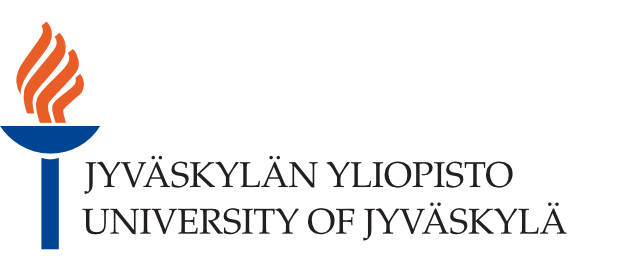UNRESAT
Achilles tendon rupture (ATR) is a disabling condition with growing incidence in recent years. After rupture, whether treated surgically or non-surgically, patients have long-term deficits regarding symptoms, anatomy, function and physical activity level. The predictors of good recovery from ATR are currently poorly known. This study identifies factors that explain good recovery from ATR in a 1-year follow-up design. We will use the assessed patient-specific parameters in new biomechanical model to gain a better understanding of individual factors that lead to good recovery. Close collaboration between biomechanists and clinicians will enhance the understanding of long-term outcomes and prognosis by identifying areas of treatment and rehabilitation that need improvement in order to minimize permanent disability in this patient group. We may be able to create assessment tools for re-injury risk or develop algorithms to predict individual functional outcomes for patients after ATR.
We collect detailed biomechanical data in a propective clinical trial Nonoperative Treatment of Acute Achilles Tendor Rupture (NoArc) (https://clinicaltrials.gov/ct2/show/NCT03704532). Privacy notice for participants of JYU measurements.
Collaborators: Central Finland Hospital District (prof. Juha Paloneva, Dr. Aleksi Reito, Dr. Ville Ponkilainen), Lappeenranta University of Technology (Dr. Marko Matikainen, prof. Aki Mikkola) and University of Eastern Finland (Dr. Lauri Stenroth).
Publications:
Non‐uniform displacement within ruptured Achilles tendon during isometric contraction
Ra’ad M. Khair, Lauri Stenroth, Annamária Péter, Neil J. Cronin, Aleksi Reito, Juha Paloneva, Taija Finni. Scandinavian Journal of Medicine and Science in Sports, 2021.
Muscle-tendon morphomechanical properties of non-surgically treated Achilles tendon 1-year post-rupture. Khair, Ra’ad M.; Stenroth, Lauri; Cronin, Neil J.; Reito, Aleksi; Paloneva, Juha; Finni, Taija. (2022) Clinical Biomechanics 92, 105568.
In vivo localised gastrocnemius subtendon representation within the healthy and ruptured human Achilles tendon. Khair, Ra’ad M.; Stenroth, Lauri; Cronin, Neil J.; Reito, Aleksi; Paloneva, Juha; Finni, Taija. (2022) Journal of Applied Physiology. Accepted
Finni, Taija; Peter, Annamaria; Khair, Ra’ad; Cronin, Neil J. (2022) Tendon length estimates are influenced by tracking location. European Journal of Applied Physiology Accepted. https://doi.org/10.1007/s00421-022-04958-8
Obrezkov, L.P.; Finni, T.;Matikainen, M.K. (2022) Modeling of theAchilles Subtendons and TheirInteractions in a Framework of theAbsolute Nodal CoordinateFormulation. Materials 2022, 15, 8906. https://doi.org/10.3390/ma15248906
